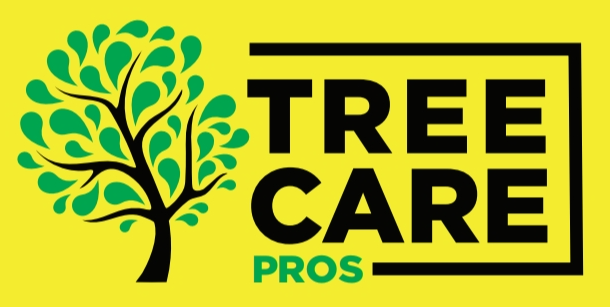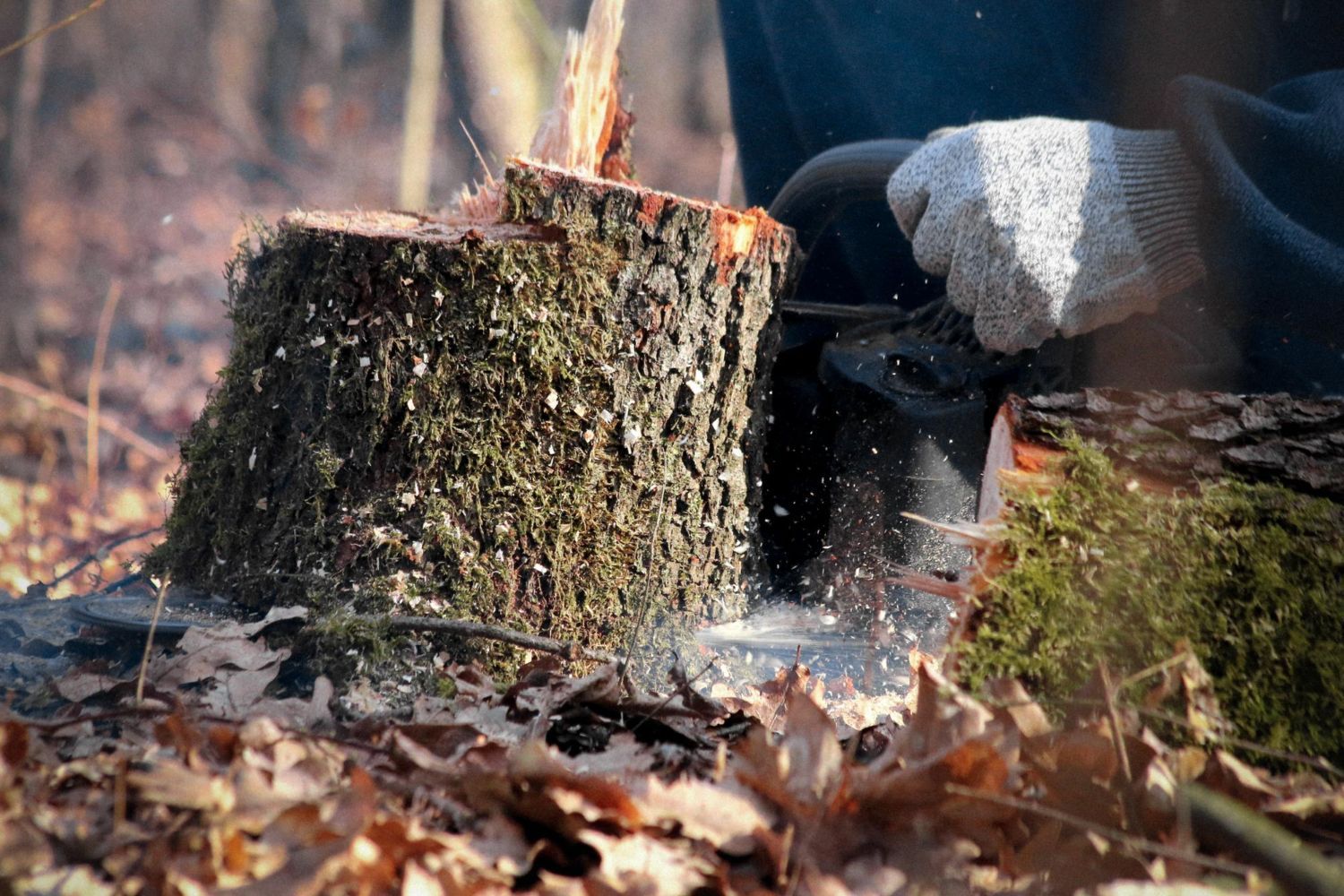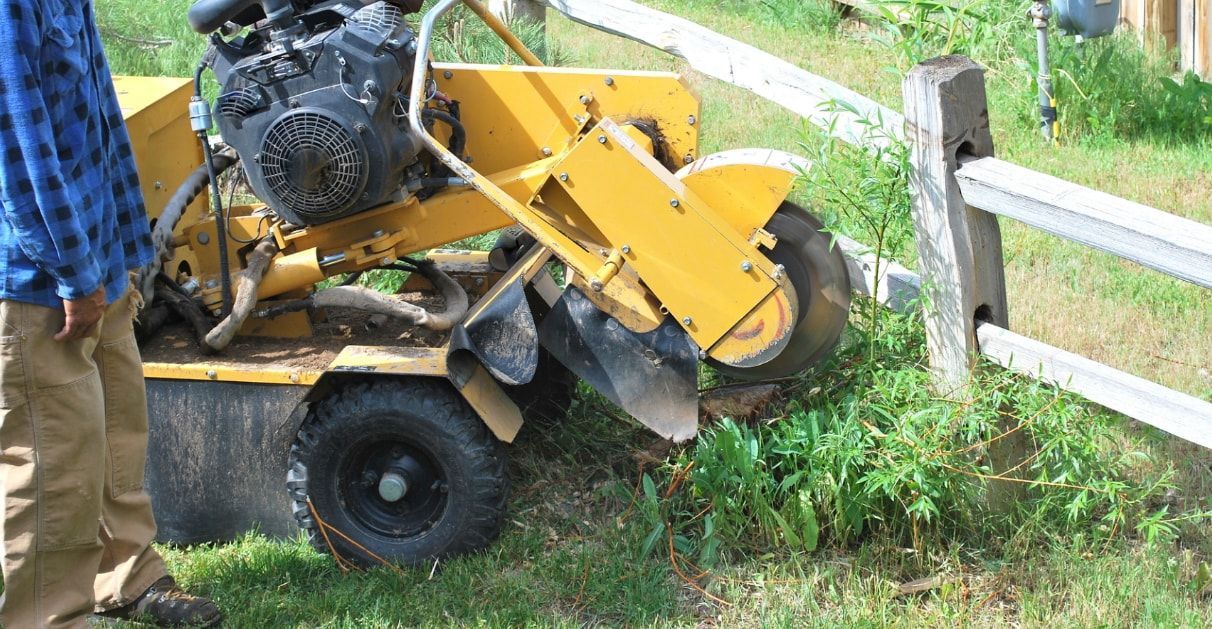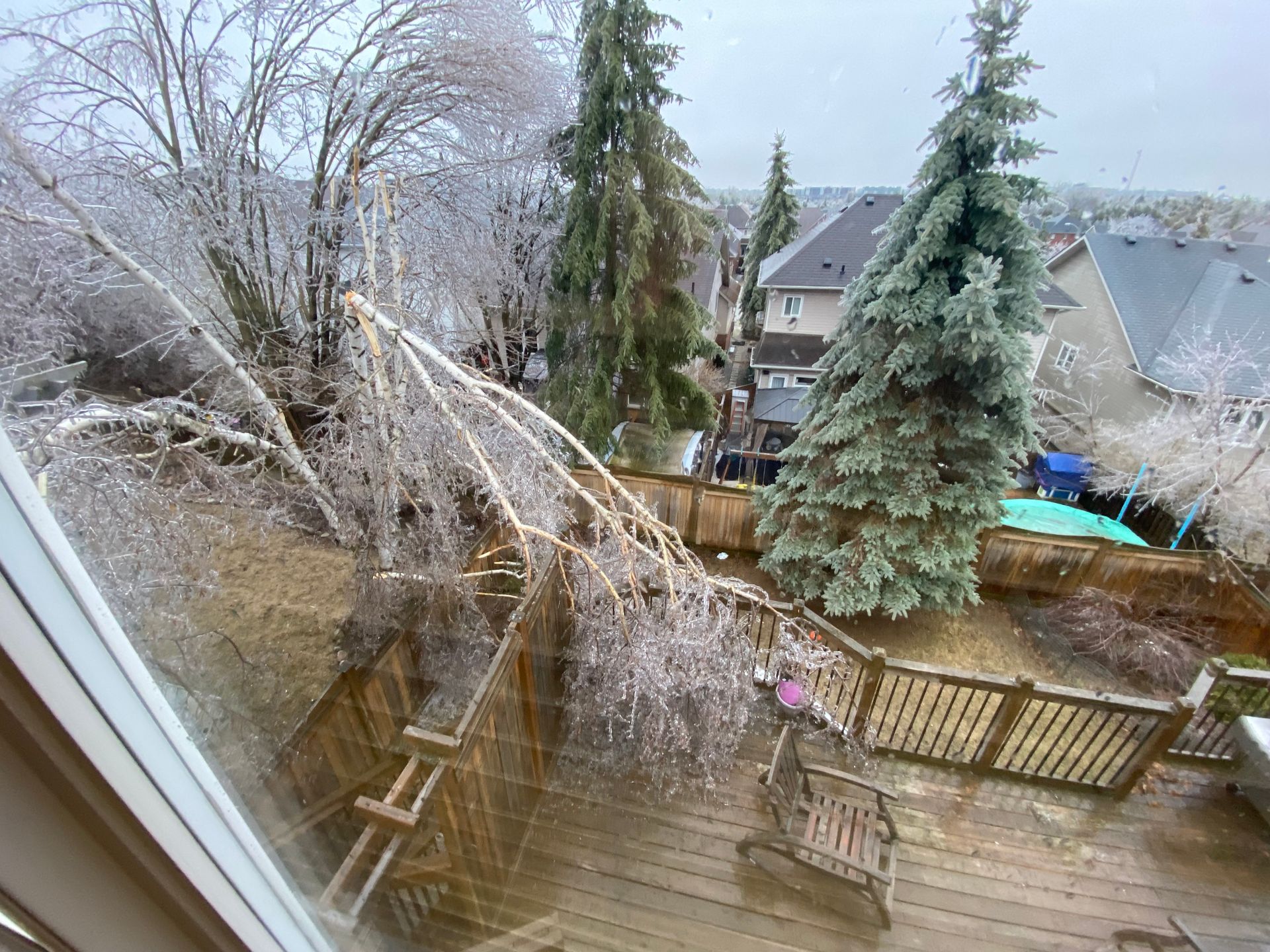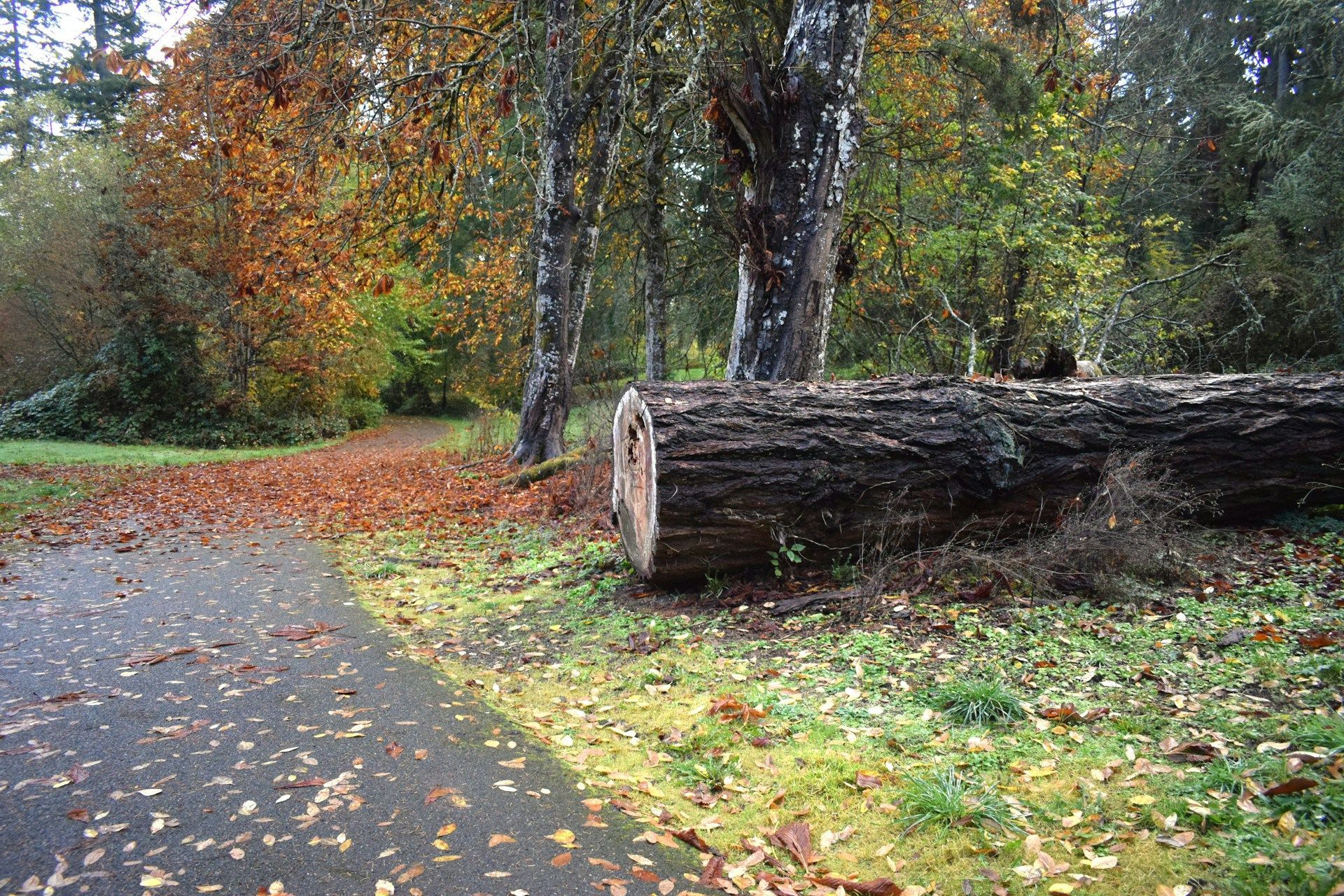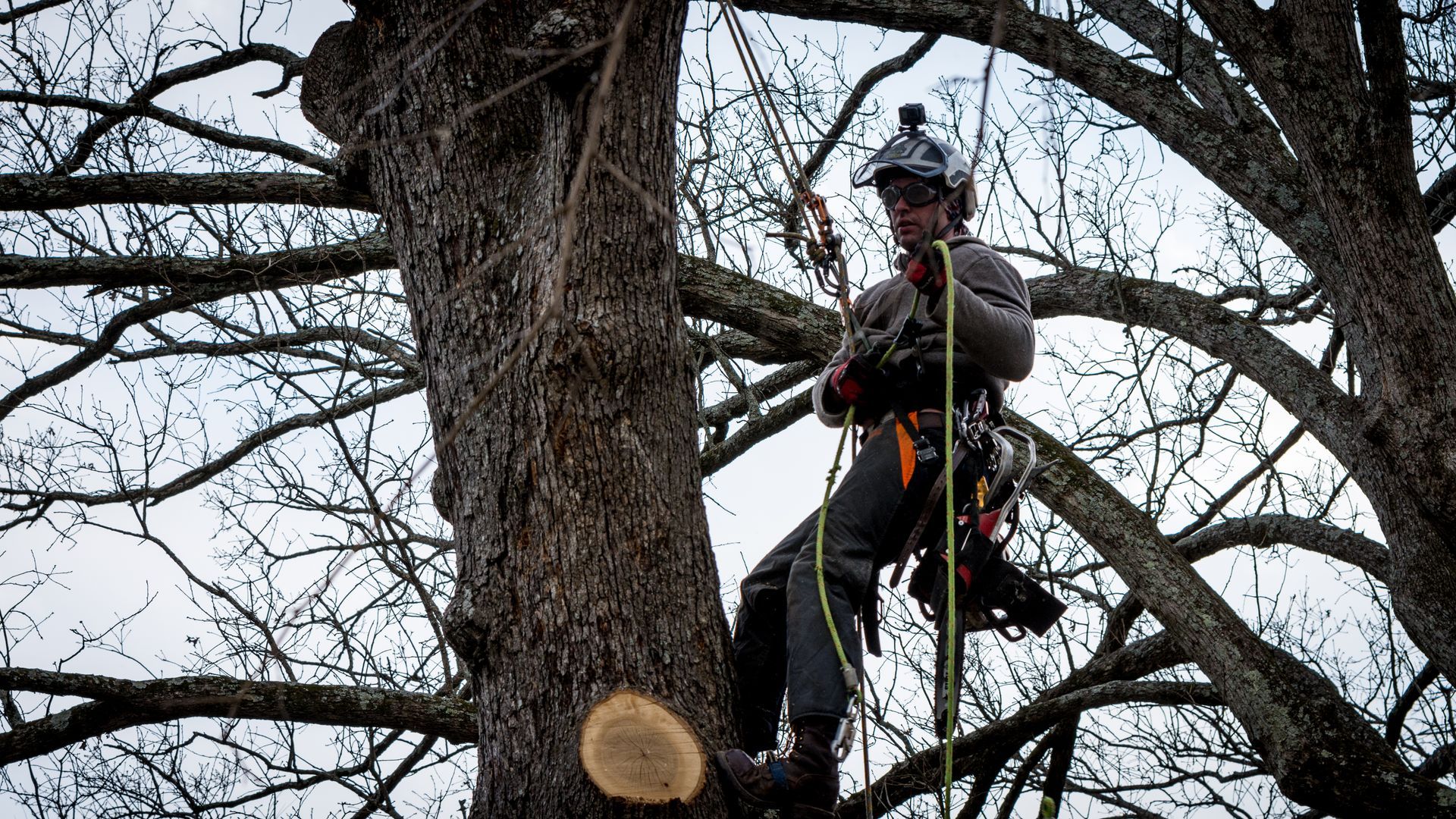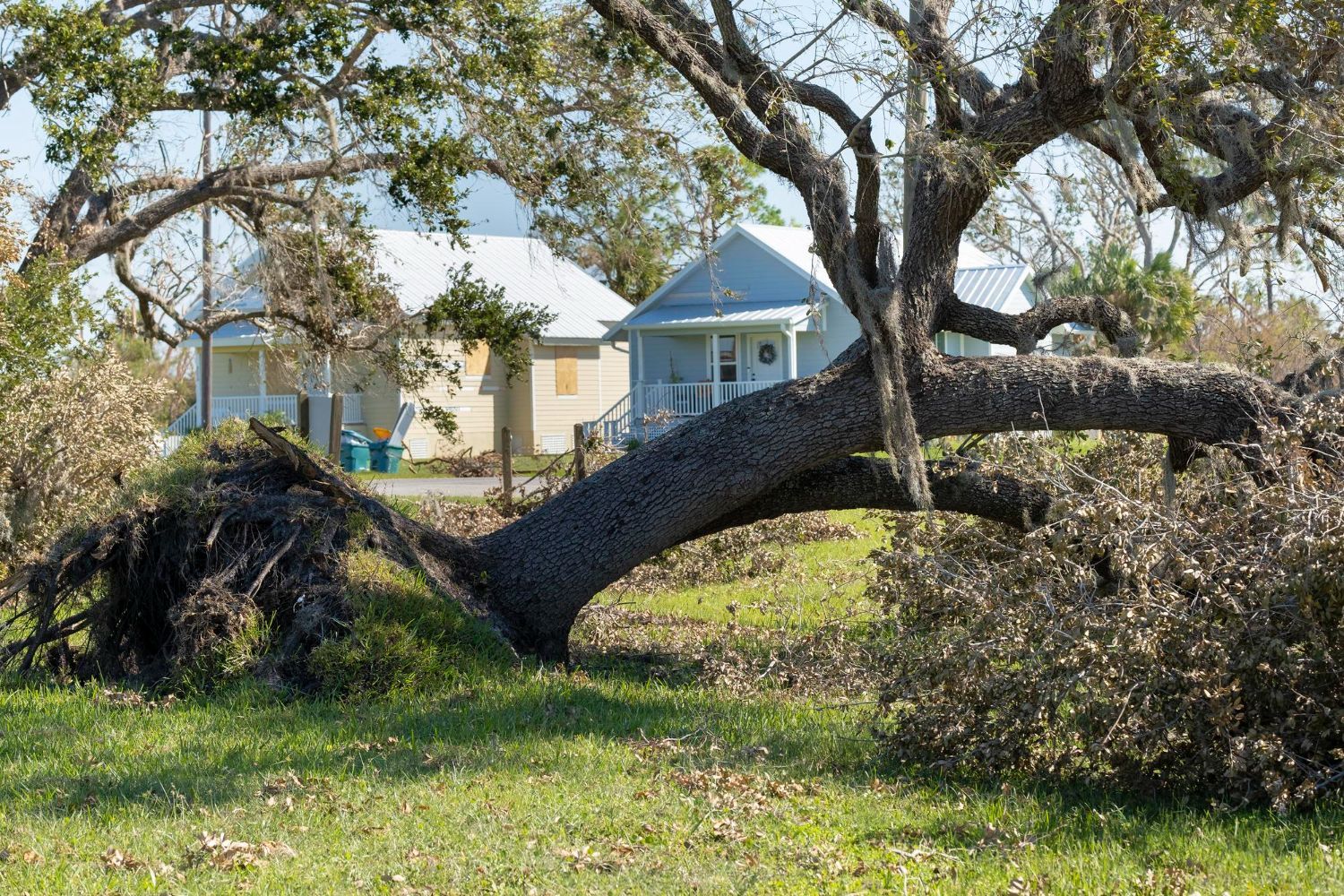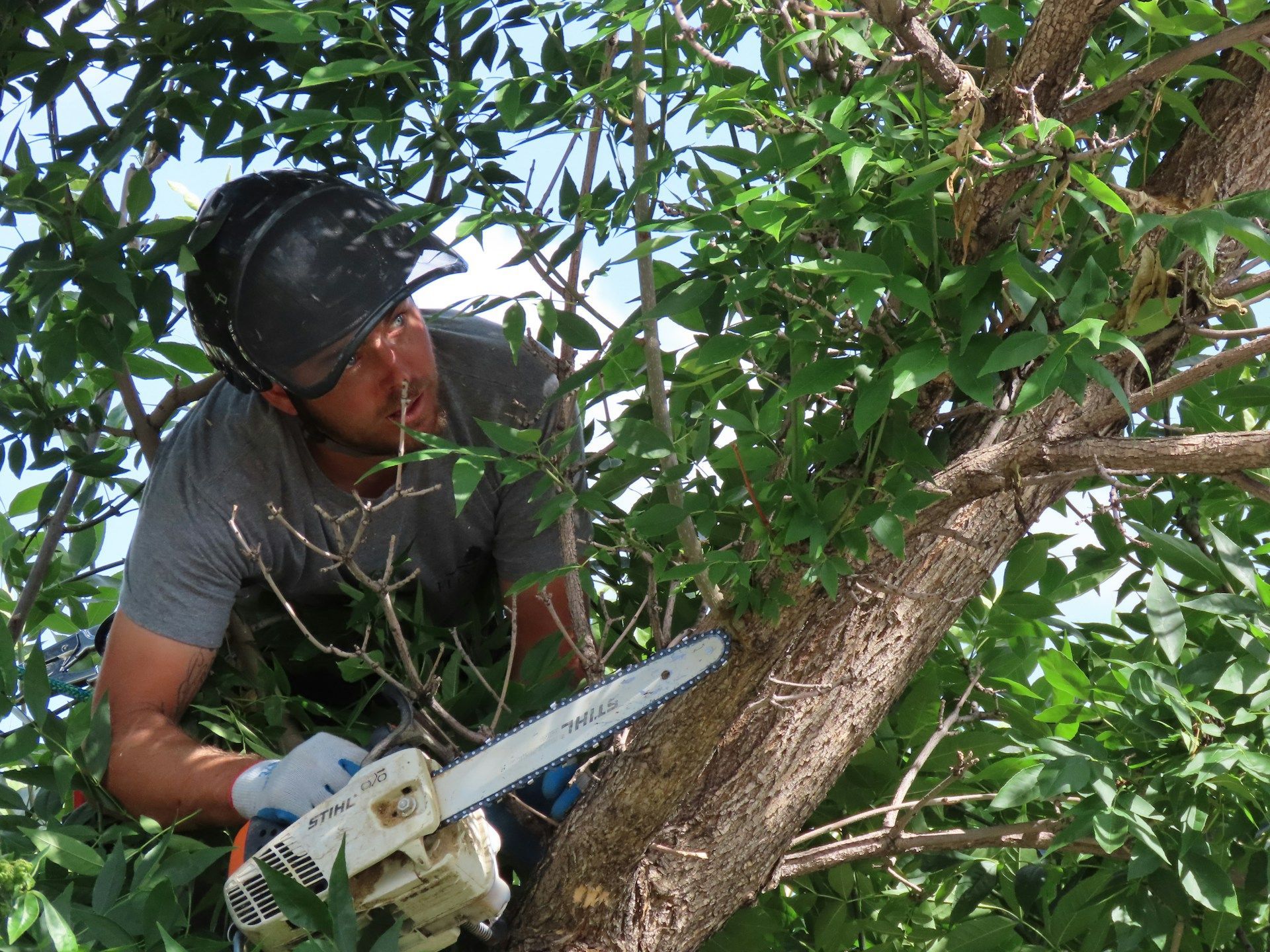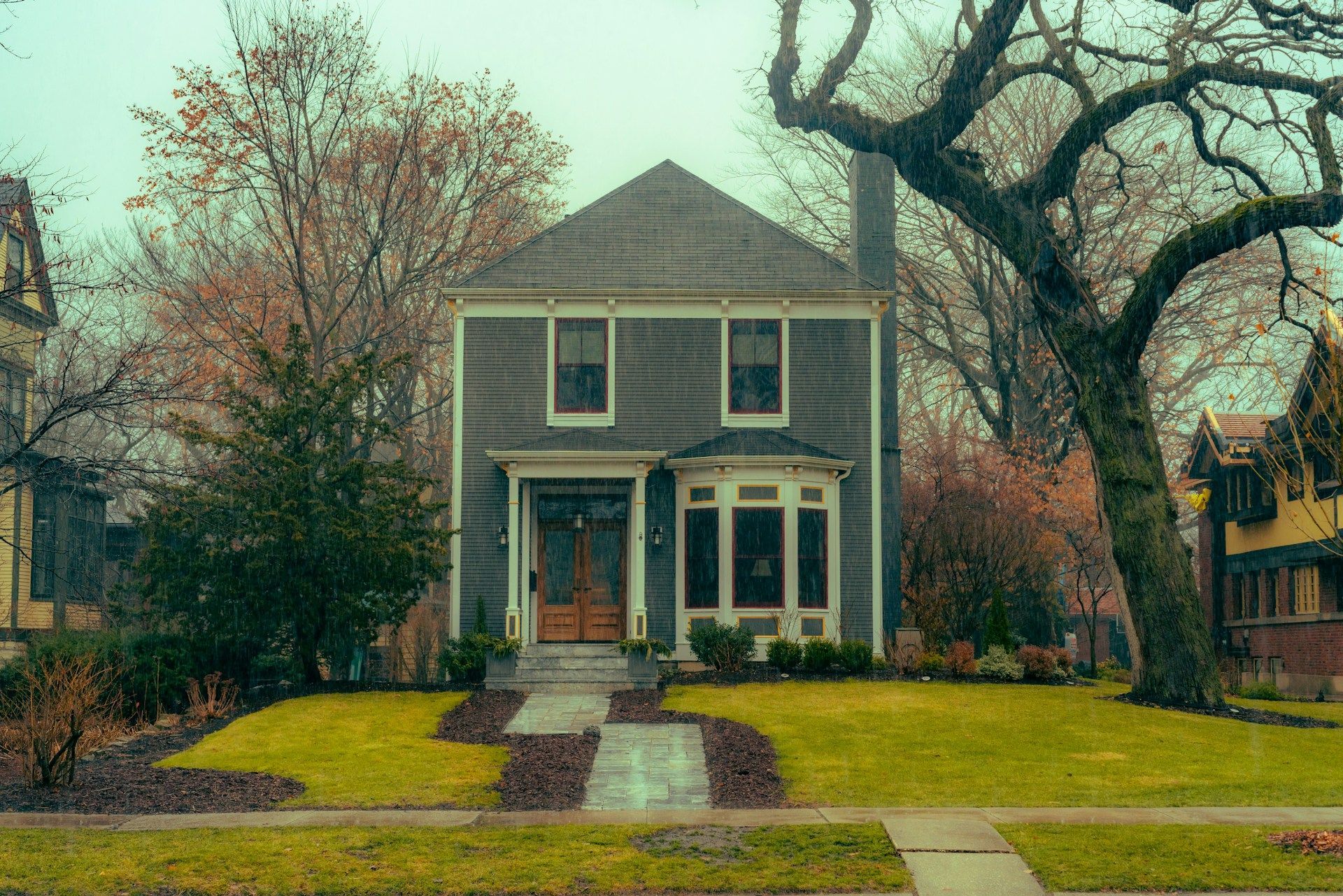How to Spot a Dying Tree Before It Falls
Trees are not just beautiful; they play a significant role in our environment and daily lives. They provide shade on a hot day and offer a peaceful spot to enjoy nature. However, sometimes trees can become sick. When a tree starts to die, it can become dangerous. Imagine if a tree branch snaps and falls on a car or house. Understanding when a tree is nearing the end of its life can help prevent such accidents before they happen.
Here's a quick story. One day, a family noticed that the leaves on their favourite backyard tree were falling off at an unusual time of year. At first, it just seemed like another quirk of nature. But then the branches started looking brittle and more leaves turned brown. After a while, the family realized the tree was dying. Luckily, they called in experts to safely remove the tree before it caused any harm. This story underscores why noticing signs of a dying tree is crucial. When we see the signs early on, we can stop little problems from becoming big ones.
Common Signs Of A Dying Tree
Spotting a dying tree is possible if you know what to look for. Here are some common signs that a tree might be in trouble:
- Discolored or fallen leaves during the wrong season can indicate stress or disease.
- Brittle or cracked bark suggests the tree isn't as healthy as it should be.
- The presence of fungi or mushrooms at the tree's base is often a red flag for decay.
- Dead or decaying branches are usually obvious, as they may not have leaves or look dry.
If you find one or more of these warning signs, it's time to pay attention. A tree's health can change quickly, and these indicators show that it might be struggling. By checking up on the trees in your yard regularly, you can catch these signs early and decide the best action to take.
Why Early Detection Matters
Knowing the health of your trees can keep not just your trees safe but also your surroundings. Here are some reasons why catching the signs early is important:
- It helps prevent property damage. A falling tree can damage your home, car, or other parts of your property.
- Your family and pets are safer when hazardous trees are managed before they become a risk.
- Falling branches or an entire tree can cause injury. Taking action before that happens can save you a lot of worry.
Catching issues with your trees early means fewer surprises down the road. With timely attention, we can keep our outdoor spaces safe and enjoyable for everyone.
What To Do When You Notice A Dying Tree
Spotting a dying tree is a crucial first step, but knowing what to do next is equally important. First and foremost, it's best to avoid trying to cut down or remove a dying tree on your own. While it might seem like a straightforward task, tree removal can be risky without the right tools and experience. Improper handling can lead to accidents, further property damage, or even harm to yourself.
Instead of attempting this task alone, reach out to a professional tree care service. Experts can assess the tree and its condition to determine the safest and most effective way to handle the situation. Here's what you can expect when professionals step in:
1. Initial Assessment: They'll examine the tree to identify its health problems and the potential risks it poses.
2. Safe Removal Plan: Based on the assessment, they'll devise a strategy to safely remove the tree without causing unnecessary disruption or damage.
3. Use of Proper Equipment: Professionals come equipped with the right tools to ensure a secure and efficient removal process.
Letting professionals handle dying trees saves you from potential hazards and ensures that the job is done correctly.
Maintaining Tree Health To Prevent Future Issues
Once the immediate concerns are addressed, keeping your remaining trees healthy is key to preventing similar problems down the road. Regular inspections and proper care are essential elements of a long-term strategy for tree health. Here are a few simple steps to help maintain it:
- Regular Inspections: Engage with tree experts annually to check for early signs of disease or structural issues.
- Proper Watering and Feeding: Ensure your trees get adequate water and nutrients. Drought conditions can stress trees, making them more vulnerable to diseases.
- Timely Pruning: Regular pruning helps remove dead or diseased branches, allowing the tree to focus its energy on new growth and maintain a healthy structure.
By following these preventative measures, you'll be better equipped to enjoy a flourishing landscape that enhances your outdoor environment.
Enjoy A Safer Yard With Healthy Trees
Recognizing and acting on the signs of a dying tree plays an important role in safeguarding your home and loved ones. By addressing these issues early on, you protect both your property and the natural beauty of your yard. A proactive approach to tree care not only minimizes risks but also nurtures a thriving outdoor space that can be enjoyed for years to come.
Taking these steps today means less worry tomorrow. While trees add incredible value and beauty, they also occasionally need our care and attention. By staying alert to the signs and knowing what to do, you can ensure that your yard remains a safe and pleasant haven.
For expert assistance in ensuring your yard stays safe and healthy, consider contacting Barrie Tree Care Pros. Our professionals specialize in assessing and managing tree health, including safe dead tree removal. Taking action now can prevent future problems and enhance the beauty of your outdoor space. Learn more about
dead tree removal with us today.
